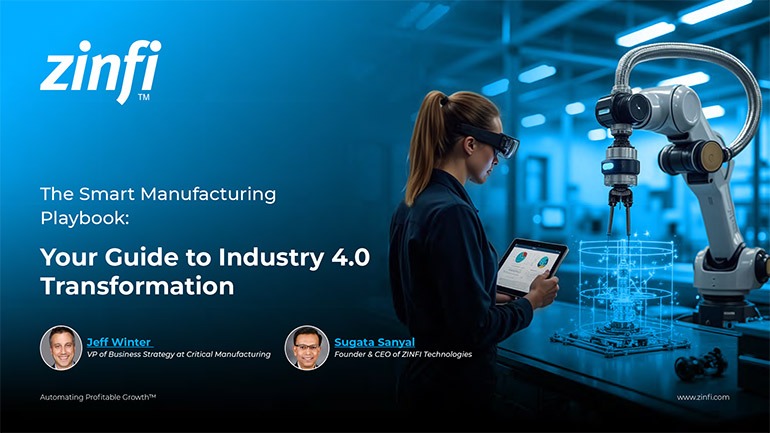The journey into Industry 4.0 is frequently mischaracterized as a purely technological endeavor. While advanced tools are a catalyst, the ultimate success of this industrial revolution hinges on a more complex and crucial element: people. The most formidable challenge in any digital transformation is not the deployment of new software or the installation of sophisticated sensors; it is the cultivation of a new mindset across the entire organization. Technology can be purchased, but a culture of innovation and adaptability cannot be. This essential cultural evolution must be championed from the highest levels of leadership. Executives must perceive Industry 4.0 not as a series of siloed IT projects but as a comprehensive business evolution that fundamentally reshapes how value is created, delivered, and measured. This strategic imperative shifts the focus from merely proving a technology works to demonstrating how that technology moves the entire business forward, delivering tangible results and a sustainable competitive advantage.
This transformation requires the broader workforce to embrace a new professional paradigm of continuous learning and cross-disciplinary thinking. The very nature of manufacturing work is evolving. An employee’s role is no longer confined to the repetitive operation of a single machine. Instead, they are becoming the managers of a connected, data-driven process that is constantly refined and improved. This demands newfound agility and a comfort with ambiguity, as change is the only constant in this new environment. The days of mastering and repeating a single task for years are over; future workers must be adaptable problem-solvers who can leverage data to make informed decisions. Organizations that invest in upskilling and reskilling their employees will be the ones that thrive, as they recognize that their human capital is the actual engine of innovation in the digital age.
This people-first mandate is not an abstract concept but a practical necessity for survival and growth. Without buy-in from the leadership team down to the plant floor, even the most promising technological initiatives will fail to achieve their full potential. Resistance to change, fear of the unknown, and a lack of necessary skills can immobilize a transformation project before it begins. Therefore, a successful Industry 4.0 strategy must include a robust change management component that addresses the human side of the transition. This involves clear communication, transparent goal-setting, and employee empowerment. By placing people at the center of the transformation, companies can build a resilient, engaged, and forward-thinking organization that is not just equipped to handle the challenges of today but is prepared to seize tomorrow’s opportunities.
